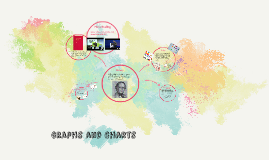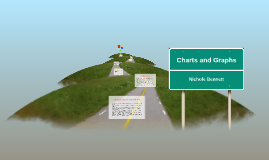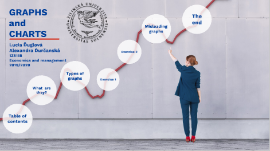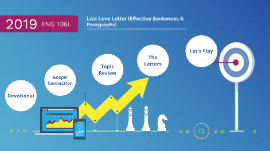Charts and Graphs
Transcript: 1st- Freedom of religion, speech and the press; rights of assembly, and petition 2nd- Rights to Bear Arms 3rd- Not to house soldiers 4th- Search and Arrest Warrants 5th- Rights in Criminal Cases 6th- Rights to Fair Trial 7th- Rights in Civil Cases 8th- Bails, Fines, and Punishments 9th- Rights Retained by the People 10th- Powers Retained by the States and by the People Popular Sovereignty-The people establish government and are the source of its power. Limited Government- Gocernment powers are restricted to protect individual rights. Seperation of powers- The power to govern is divided among executive, legislative, and judicial branches to prevent the concentration and abuse of power by any one branch. Checks and balances- Each branch of the government has the authority to check, restrain, some powers of the other two branches. Judicial Review- The judiciary has the power to strike down laws and other government actions as invalid under the constitution. Federalism- The rights of the states are protected by dividing powers between the national government and the state governments. Congress can propose and amendment with two thirds vote in each house Amendments can also be proposed by national convention called by the congress with two-thirds voteof the state legislature Amendments can be ratified with the vote of three-fourths of the states Amendments can also be ratified with convention in three-fourths of the states Executive- has the ability to veto acts of Congress, call special sessions of congress, can suggest laws and send messages to congress, appoints federal judges, and can grant reprieve and pardons for federal crimes. Legislative- can impeach nad remove the president, can overide veto, controlls spending of money, approves or regects certain presedential nominations, must ratify all forml us treaties, can impeach and remove federal judges, and establishes lower federal courts. Judicial- can declare acts of congress unconstitutional throught judicial review, can declare executive acts unconstitutionaland judes are appointed for life and are free of executive controll. Nichole Bennett Bill of Rights Federalists Seperation of Powers Need for a strong central government to guard us from foreign dangers to be a guardian for commerce Need power to tax For protection James Madison, John Adams, and Alexander Hamilton GOAL! Anti-Federalists Charts and Graphs Principles of the Constitution Amending the Constitution opposed the constitution, unless changes were made Claimed central government was going to be to strong Claimed the power of the states would be desroyed Worried that power hungery people would take over the cental government The power to govern belongs to the people and should be cautios to give it up Patrick Henry, Thomas Jefferson, and George Mason Demanded to add a Bill of Rights to protect the individual

















